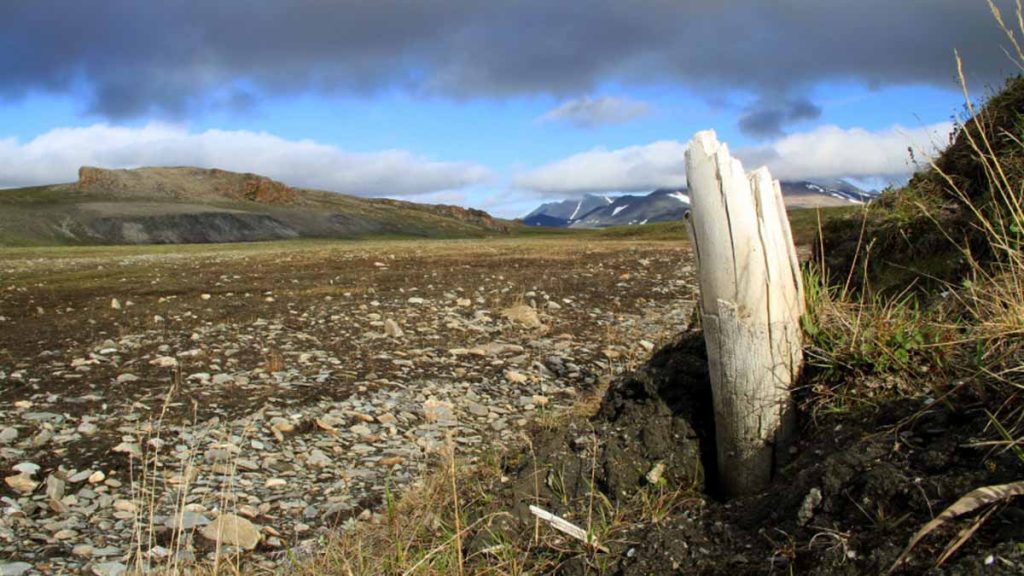One way to revive extinct species is the so-called Crispr-Cas9 genetic scissors. Genome editing technology can be used to insert genetic variants from extinct species into the genome, the entire genome, of a living relative.
But the results of a new study suggest that it may also be necessary to remove some genes to preserve important biological characteristics while reconstructing the genomes of extinct species.
It is not easy to edit the genome of a living species to mimic an extinct relative, we have known it all along. These new findings already show the complexity of the challenges ahead, says Lov Dalen, professor of evolutionary genomics at Stockholm University.
Two mammoths were examined
The researchers behind the study have sequenced two new Siberian mammoth genomes from the last Ice Age. They then compared these genes to 33 genomes of mammoths, Asian elephants and African elephants.
The results showed that thousands of parts of the mammoth genome are missing compared to the genomes of African and Indian elephants. There were also a large number of parts where there are additional bases in the DNA code, the so-called inserts.
The loss of a part of a gene, the deletion of the gene, can affect its function. Similarly, short inserts can make a gene unreadable.
Viability may be affected
Overall, the researchers found that most of these changes did not occur within genes, but they also found 84 genes affected by genetic deletions and three genes affected by short insertions.
It is possible that these structural changes had a significant impact on the function of these genes, which may have contributed to some of the adaptations to the environment that the woolly mammoth underwent, says Tom van der Valk, a researcher at the Center for Paleobiology.
The change may have an effect on the properties
The change in function in these 87 genes may have been important to the woolly mammoth in the evolution that happened to mammoths to deal with the cold environment of the North. Many traits, such as body size and cold tolerance, are regulated by several different genes. Thus the loss of some of these genes may affect the processes that shape the development of these traits.
Many of the genes that were affected are linked to the classic characteristics of woolly mammoths, such as fur growth and hair shape, fat storage as well as bony morphology and ear shape, explains Marian DeHasek, a doctoral student in the mammoth genome at the Center for Paleogenetics.
Scientific study
Evolutionary consequences of genetic deletion and insertion in the woolly mammoth genomeiScience.
Contact
Tom van der Valk, Researcher in Data-Driven Life Sciences, Center for Paleobiology, National Museum of Natural History, [email protected]
Marianne Dehasque, PhD Student in Zoology, Center for Paleobiology, Stockholm University, [email protected]
Love Dalen, Professor of Evolutionary Genomics, Center for Paleogenetics, Stockholm University, [email protected]

“Entrepreneur. Freelance introvert. Creator. Passionate reader. Certified beer ninja. Food nerd.”







More Stories
Logitech Steering Wheel News: New Steering Wheels, Gear Lever, and Handbrake in Direct Drive Series
Garmin Launches inReach Messenger Plus App
Why Rare Earth Metals for Electric Cars Are Crucial for Modern Mobility